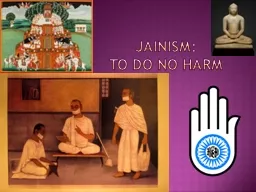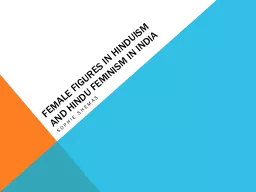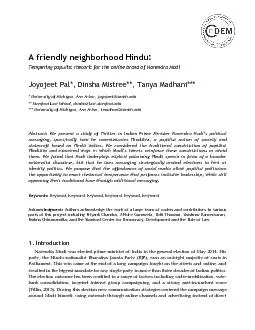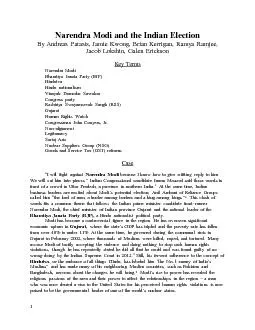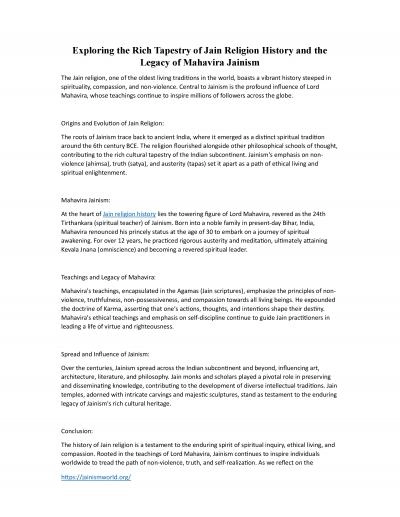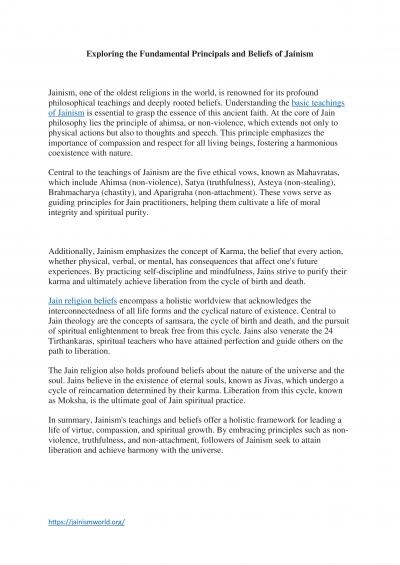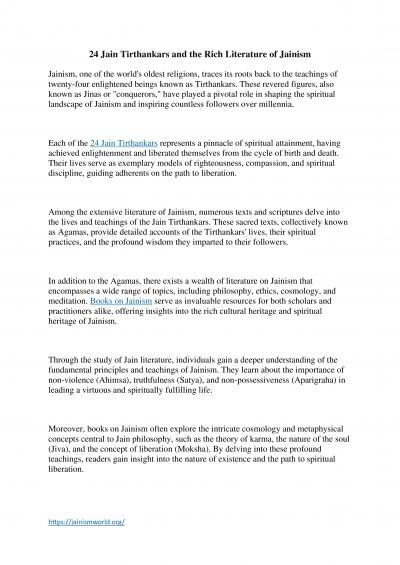PPT-Jainism: To Do No Harm Although the majority of Indians follow the Hindu path, India has
Author : enjoinsamsung | Published Date : 2020-08-28
One of them is Jainism Jainism has never condoned war or the killing of animals for any reason Its major teacher is Mahavira The Great Hero Mahavira was a contemporary
Presentation Embed Code
Download Presentation
Download Presentation The PPT/PDF document "Jainism: To Do No Harm Although the majo..." is the property of its rightful owner. Permission is granted to download and print the materials on this website for personal, non-commercial use only, and to display it on your personal computer provided you do not modify the materials and that you retain all copyright notices contained in the materials. By downloading content from our website, you accept the terms of this agreement.
Jainism: To Do No Harm Although the majority of Indians follow the Hindu path, India has: Transcript
Download Rules Of Document
"Jainism: To Do No Harm Although the majority of Indians follow the Hindu path, India has"The content belongs to its owner. You may download and print it for personal use, without modification, and keep all copyright notices. By downloading, you agree to these terms.
Related Documents

